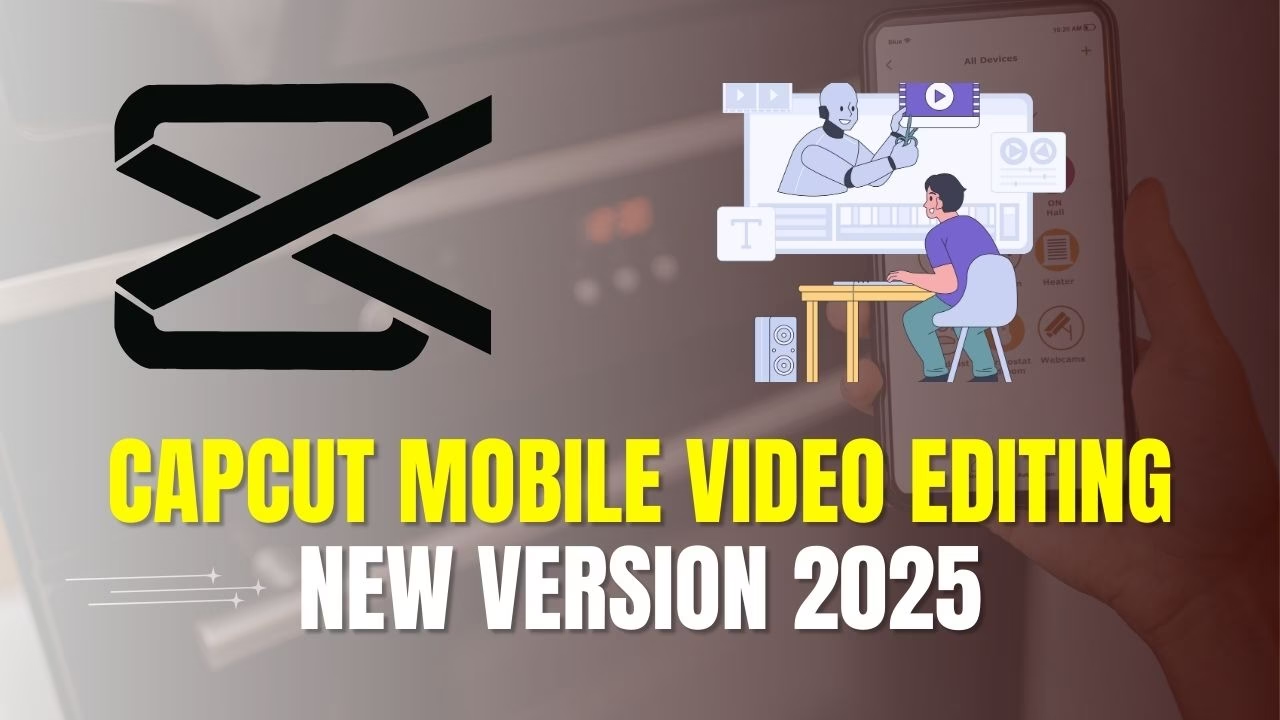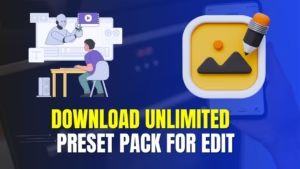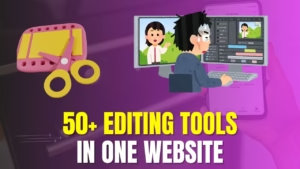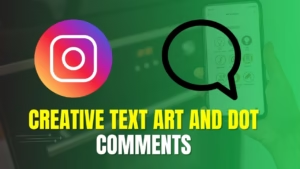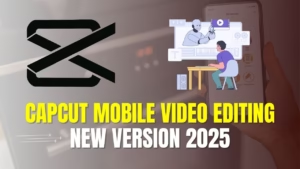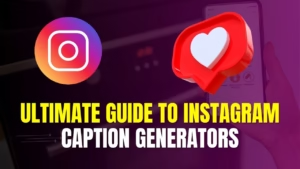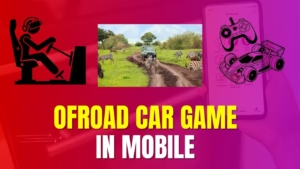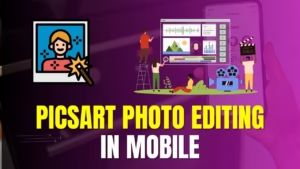Introduction to Mobile Video Editing
CapCut Mobile Video Editing New Version 2025
The Rise of Mobile Content Creation
Scroll through any social media feed today, and you’ll be hit with a wave of creative, fast-paced videos. From vlogs to tutorials, skits to reviews—chances are, most of them were shot and edited on a phone. Mobile video editing isn’t just a trend anymore; it’s a whole movement.
Why Mobile Editing is More Popular Than Ever
Why are so many creators ditching their desktops? Because mobile editing is convenient, fast, and honestly, pretty powerful. Your phone is always with you, which means your editing studio fits in your pocket. Whether you’re on a beach, a bus, or your bed, you can cut, trim, and produce amazing content without breaking a sweat.
Understanding the Basics
What is Mobile Video Editing?
Simply put, mobile video editing is the process of editing videos directly on a smartphone or tablet. Instead of transferring files to a computer, you can do everything—from trimming clips to adding effects—right on your device.
How it Differs from Traditional Editing
Desktop software definitely has its place, especially for feature-length films or big-budget projects. But for quick, creative videos that need to hit social media fast, mobile editing wins on speed and ease. Plus, it’s more intuitive for new creators.
Pre-Editing Preparation
Planning Your Content
Before you shoot anything, plan your shots. Think about your storyline, your target audience, and the mood you’re going for. A little pre-planning saves a lot of editing headaches later.
Organizing Footage Efficiently
Once your clips are ready, keep them organized. Rename them, delete any unusable footage, and group related clips together. The better your organization, the smoother your editing workflow will be.
Core Editing Techniques
Cutting and Trimming
This is Editing 101. Cutting removes unnecessary parts; trimming fine-tunes the timing. These basic moves help keep your video tight, clean, and engaging.
Adding Transitions
Transitions help your video flow smoothly from one scene to the next. Use them sparingly though—too many fancy transitions can make your content look unprofessional.
Inserting Text and Titles
Text adds clarity and context. Whether it’s a title screen, subtitles, or annotations, use readable fonts and place them where they won’t clutter the screen.
Working with Audio
Never underestimate good sound. Sync your video with background music, sound effects, or voiceovers. Keep levels balanced—your viewers shouldn’t have to crank up the volume to hear you.
Advanced Editing Tips
Color Correction and Filters
Give your videos a consistent look by tweaking brightness, contrast, and saturation. Filters can enhance the mood, but don’t go overboard—subtlety is key.
Using Slow Motion and Speed Ramping
Speed effects can turn ordinary moments into dramatic or fun highlights. Use slow motion for impact or speed ramping to create smooth time shifts within a clip.
Picture-in-Picture and Split Screen Techniques
Want to show two clips at once? Picture-in-picture lets you overlay one video on another. Split screen is perfect for comparisons or showing multiple perspectives.
Enhancing Storytelling through Editing
Building a Narrative
Even a 30-second clip should tell a story. Begin with a hook, follow with a clear message, and end with a bang. Editing helps piece that narrative together.
Creating Emotional Impact
Music, pacing, and visuals all play a role in how your video feels. Want viewers to laugh? Feel inspired? Editing helps you steer the emotional direction.
Exporting and Sharing Your Video
Choosing the Right Format
Different platforms prefer different formats. Whether it’s vertical video for stories or square for the feed, pick the format that fits your audience.
Optimization for Social Media
Keep your file sizes manageable, but don’t compromise quality. And always check how your video looks once uploaded—sometimes social platforms compress your content weirdly.
Common Mistakes to Avoid
Overediting
Too many effects, transitions, or text overlays can overwhelm viewers. Less is more. Let your content breathe.
Ignoring Audio Quality
Bad audio can kill even the best visuals. Use headphones to monitor sound and always do a final audio check.
Forgetting the Audience
Remember who you’re creating for. Keep their interests in mind and make sure your video delivers what they came for—fast.
Mobile Video Editing for Beginners
Learning Through Practice
You won’t become a pro overnight, and that’s okay. Try, fail, learn, repeat. Every project teaches you something new.
Following Trends for Inspiration
Watch what’s trending on social media. Notice the editing styles, pacing, and types of content that get attention—and then put your own twist on it.
Conclusion
Mobile video editing has unlocked a whole new world of creativity. Whether you’re a beginner or an aspiring influencer, your smartphone is a complete storytelling tool. With the right techniques and a bit of practice, you can create scroll-stopping videos that entertain, educate, and inspire—all from the palm of your hand.
FAQs
1. Is mobile video editing suitable for professionals?
Absolutely! Many content creators and influencers use mobile tools to produce high-quality videos, especially for social media.
2. How long does it take to learn mobile editing?
It depends on your dedication, but with consistent practice, you can get the hang of it within a few weeks.
3. Can I make money editing videos on my phone?
Yes, many freelancers earn by editing content for brands, influencers, or businesses—mobile editing included.
4. What’s the best video length for social media?
Short and sweet works best. Aim for 15–60 seconds for maximum engagement, unless you’re posting to platforms that support longer formats.
5. Do I need expensive gear to get started?
Not at all. A good smartphone and a bit of creativity are enough to start your editing journey.
